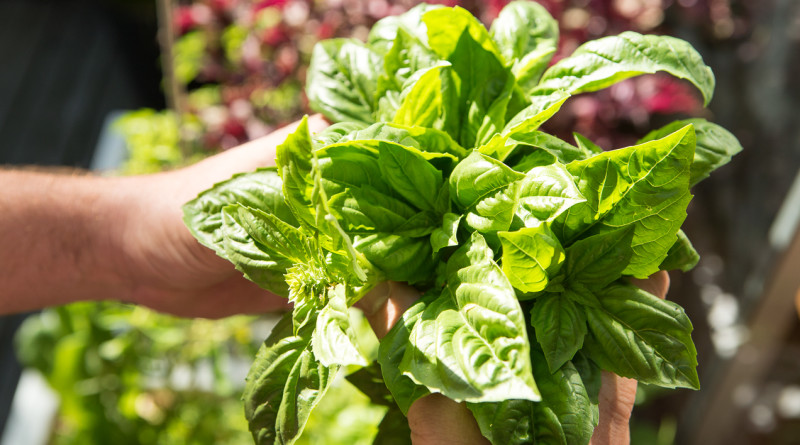Tips to Get Your Own Container Herb Garden Started
I love using fresh, organic herbs in my recipes. They simply make everything much tastier and healthier too. Even tough I’m not an expert on gardening, I do have some knowledge when it comes to growing herbs in garden planter pots. I learned what I know about gardening by observing the failures and successes of others and a few mistakes of my own (chuckles).
What I like the most about growing herbs in pots is that it offers the convenience of always having a handful of fresh herbs within reach. And I discovered that almost any herb can thrive in garden planter pots, although some of them may require very specific care. Below, I will share some tips I picked up along my gardening journey. Hopefully, they will help you get started with you own container herb garden!
1. The Right Garden Planter Pot
When it comes to planters, you need to make sure whatever you choose offers good drainage and is deep enough to accommodate the plant’s root. In my opinion, self-watering garden planter pots are the best option (revolutionary, in fact) due to their smart system that provides constant level of just enough moisture. This saves me the trouble of having to water my plants every other day.
2. Good Potting Soil
Good potting soil is one that drains well.
3. Seeds vs Plants
Some herbs are hard to grow from seeds so getting already developed plants is a good way to start herb gardening – especially if you are a beginner. Furthermore, you will be able to put them to use in your cooking much sooner.
4. Grow Herbs for Burps
Although herb container gardens can look beautiful, they aren’t ornamental. So ask yourself what herbs you like to cook with and which herbs you especially enjoy when they are fresh.
5. Summon the Mighty Ra
Herbs usually need around six hours of sunlight exposure so they can grow healthy and strong. However, if you live in a very hot place, your herbs may need to be put in the shade during the warmest hours of the day. That is why I chose self-watering planters on casters – I can move them around easily whenever needed.
6. Be Polite & Harvest When It’s Right
Use clean, sharp scissors or clippers to cut the more established leaves, while leaving the rest of the plant untouched. This is a pivotal rule to follow while the plant is still quite young and in the process of growing strong. Once it matures, you will be able to drop the all too careful attitude.

